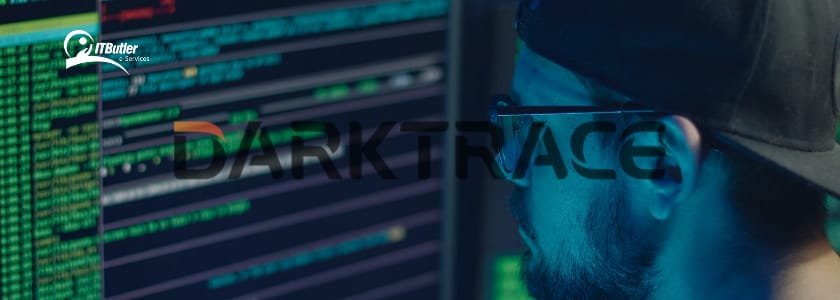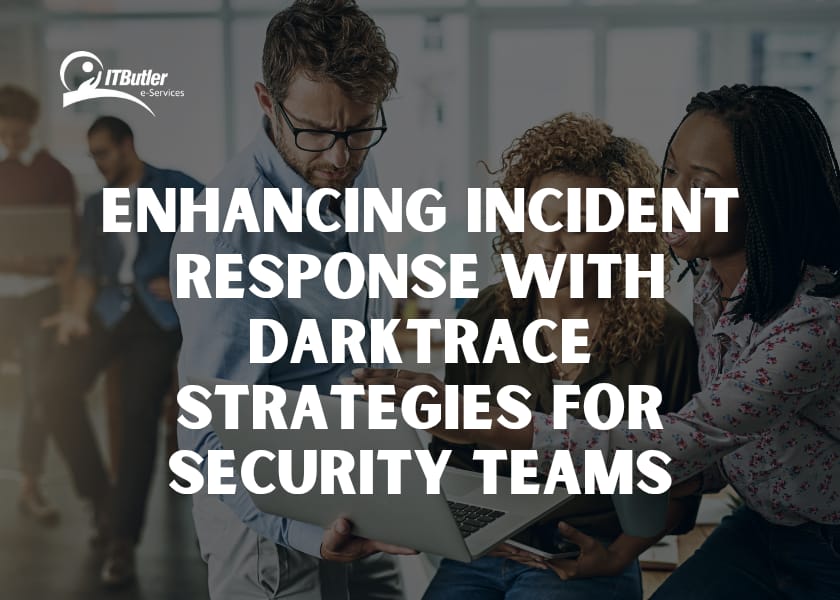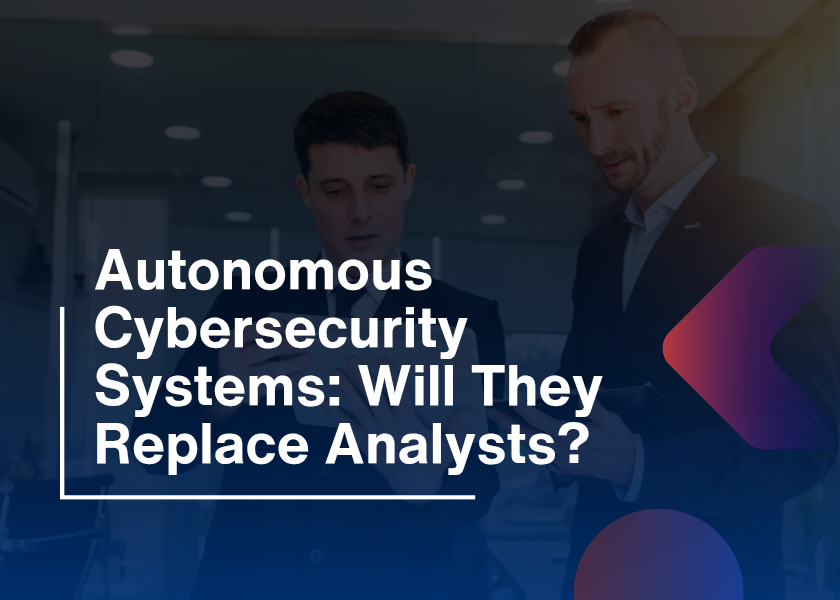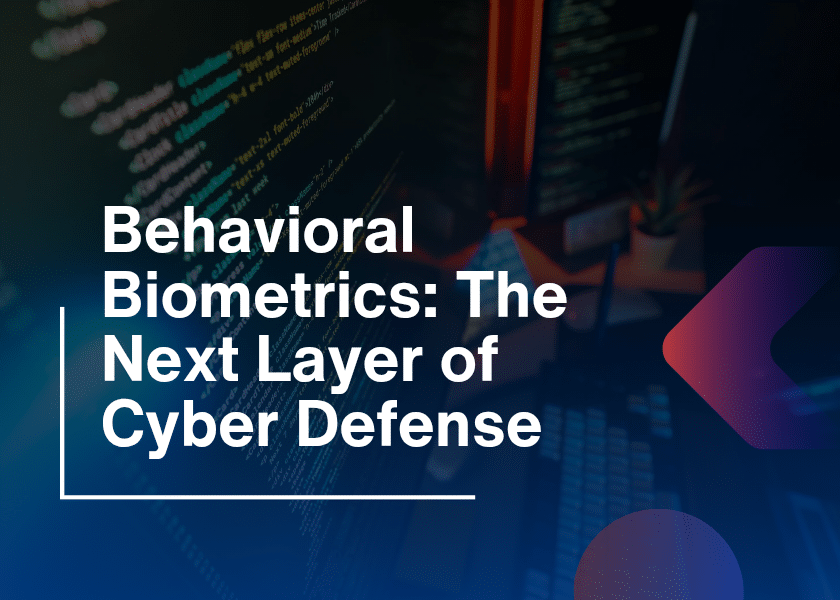Imagine you go through your working day, log in to your systems, and find out something is wrong. Documents are being transferred, applications and programs are getting bogged down, and notifications are going off. What do you do? Let me explain cyber-threats are not a one-time thing, they are threats that occur in cyberspace every other day. However, it’s a new world out there, hackers are smarter, attacks are faster and vulnerabilities are lurking everywhere. So conventional security solutions cannot cope with the task hence the pressure on security teams. Therefore, it’s important to come up with incident response strategies.
Moreover, now comes Darktrace, an equally strong AI-based tool that was created to provide organizations with a competitive advantage. This blog discusses how Darktrace incident response can revolutionize security, and enhance NDR in incident handling. Further, how it assists teams in initiating fast action against emergent cyber threats.
What Incident Response Strategies Is and Why It Is Significant
However, let’s not just jump into solutions, there’s always time for that later when we establish some primary requirements.
Log Management isn’t the only method that security teams use to approach threats, there is something known as Incident response. This is the systematic approach taken to detect, contain, and correct incidents. They are preparedness, assessment, isolation, removal, restoration, and post-activity analysis.
Why It Matters:
- Minimizes Damage: These are critical because quick reactions lessen the time taken to regain lost data, equipment time, and eventually the monetary cost.
- Prevents Spread: The containment action prevents threats from infiltrating the different networks.
- Ensures Compliance: Organising and managing incidents is compliant with legal and regulatory requirements.
- Improves Reputation: It also ensures a quick recovery of your brand image and people’s trust in your products.
Yet it remains cumbersome when executive actions and technologies are outdated about contemporary threats. So that’s where intelligent solutions such as Darktrace come to play the rescue and reign over the situation.
Challenges Facing Traditional Incident Response
However, all these fail to stand a chance against present-day hackers. So let’s look at some common challenges security teams face:
Overwhelming Alerts:
In one day, many security tools send out hundreds of alerts and notifications leading to the security analyst fatigue. So the even loss of good threats among theıy. However, far too much time is wasted drilling into noise rather than the threats.
Lack of Visibility:
There is also a problem of addressing the lateral movements of attackers in the network if there is no end-to-end analysis. But in some cases takes weeks or even months for it to be discovered that the organizations have been breached.
Slow Response Times:
Manual means of response may extend for a certain number of hours or even days. By then, the attackers will have well executed their heists with the data stolen or systems sabotaged.
Unknown Threats:
However, in the case of signature-based systems, it is only effective when used to identify known attacks. While the business will be at the mercy of zero-day exploits as well as advanced malware.
Thus, these are areas that traditional SIEM solutions are not capable of addressing. However, this indicates that organizations require smarter, faster, and much more adaptive answers. Something mirroring the tools Darktrace offers concerning incident response.

What Makes Darktrace Different?
Darktrace machines use AI and ML to enhance threat identification, event handling, and automated remediation. Moreover, it’s modeled after the human immune system, which learns, develops, and attacks. To immobilize the threats before they can become hazardous.
Key Features of Darktrace
1. AI for Incident Response:
Subsequently, it utilizes self-learning AI that can spot the signs of regularity and irregularity in real-time.
It does not depend on some pro-type of rules. Therefore, it can recognize a threat that has not been previously known.
2. Network Detection and Response (NDR)
Surveillance mechanism that aims at detecting any form of malicious activity in a network.
Is used to monitor the lateral movements of attackers. Thus ensuring intelligent visibility of the networks.
3. Darktrace Antigena (Autonomous Response)
Excludes compromised computers and contains threats, and they perform this function without any assistance from people. Moreover, gives a fast solution, therefore minimizing harm and response period.
4. Continuous Learning
Progressively enhances by learning from incidents to increase the chances of detecting the problem as well as enhancing the existing responses to the problem.
With these features, Darktrace incident response strategies provide security teams with a strong weapon against cyber threats.
Building Better Incident Response Strategies with Darktrace
In the next section, we will discuss how to apply Darktrace based on what it can bring to the table.
1. Detection and Analysis of Threats
Darktrace employs an AI that watches the organizations’ network traffic and advertises when there is something unusual. However, unlike most of the cybersecurity product that assumes threat patterns within the network and waits for corresponding matches, it detects anomalies.
Example:
- It detects a shift in data traffic to an external server anytime from 3 in the morning. So it would immediately classify it as an unusual occurrence.
- Moreover, security teams are notified straight away and can investigate before data is lost to thieves.
2. Automated Response with Antigena
However, manual actions can cause response time which Darktrace Antigena does not have since it is an automated system. But What is more, it quarantines infected devices, prevents damaging actions, and buys time for security personnel.
Example:
- Ransomware is a type of malware, which encrypts files.
- Therefore Darktrace Antigena disconnects the infected device and ceases its logic at the same time.
3. Use of NDR for Proactive Monitoring
Darktrace’s NDR for incident management constantly analyzes communications traffic throughout the network. Further, it identifies abnormal behavior even before an attack starts.
Benefits:
As it functions to block internal intrusion and predicate techniques known as APTs.
Hence, provides services to track back the beginning of an attack.
Example:
Identifies carbid lock-in from an employee’s compromised account and notifies security personnel.
4. Adaptive Learning for Evolving Threats
Cyber threats are evolving, and so is Darktrace, which means that no threats are static or unaddressed by the company. So another feature is the ability to learn new attack forms and develop due to the outcomes of incidents.
Benefits:
- Reduce manual update routines to a great extent.
- It can track and update the user on zero-day threats and unknown malware.
5. Incident Simulation and Preparedness
Security teams can use the incident response strategies from Darktrace to launch attack simulations to check preparedness.
Benefits:
- However, it shows gaps in present-day systems.
- Moreover, it helps prepare team, members with real-life experiences.
Example:
Carries out a phishing attack simulation to test the reaction of the employees and the effectiveness of the conducted training.
Conclusion
In contemporary settings characterised by unprecedented rates of attacks. Therefore, incident response strategies must be sharper and quicker. Darktrace incident response gives security professionals the means to spot, investigate, and mitigate threats.
Moreover, Darktrace’s capabilities range from machine learning-based threat identification to self-sustaining threat neutralization. All of these are revolutionizing how organizations prevent more sophisticated threats.
So, the question is, are you ready for the next level of security? Begin using Darktrace NDR for incident management right now to enhance your business’s cyber resilience.






